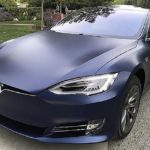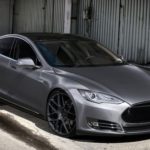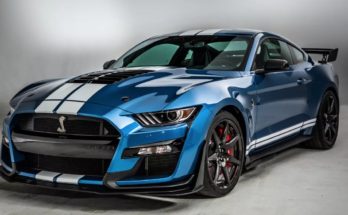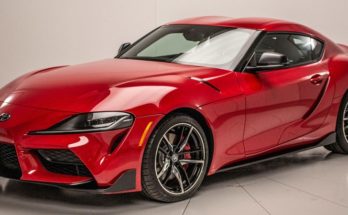If you’re interested in the future, concerned about the environment, or look forward to new technology, you’ve probably heard of Elon Musk and Tesla. The electric car company’s Tesla S, introduced in 2012, is still on the cutting edge of electric vehicle technology, with the added bonus of earning the highest score possible for automobile safety (a 5.0 from the NHTSA).
The Tesla S 100D also has the distinction of attaining the highest EPA range of any electric car, averaging 341 miles between charges. It also became the first electric vehicle to reach the top of the charts in new car sales, doing so in Norway and Denmark. Though the U.S. makes up 57% of its market, the Tesla S, Asia, Europe, and Canada have all contributed to the growing popularity of this model.
After the Nissan Leaf, the Tesla S is the most sold electric car in history, and is the recipient of such awards as the 2012 Time Magazine’s 25 Inventions of the Year and Consumer Reports’ Road Testing, the 2013 World Green Car of the Year, Automobile’s Car of the Year, Motor Trend’s Car of the Year, and the 2015 Car & Driver’s Car of the Century Award.
So what’s all the fuss about? What does the Tesla S have that other electric cars lack? Perhaps its full-sized status as a five-door luxury liftback, rear-motor, rear-wheel drive, and various version (based on battery size, motor size, and equipment), and its electric powertrain (designed specifically as an electric powertrain, not merely switched with an internal combustion engine) make it an excellent investment.
With Supercharger stations popping up in the U.S. and Europe, the car is able to drive longer distances without causing the driver anxiety about being able to get home without a charge. In 2016, most American states have Supercharger stations, and it is expected that this will continue until they are plentiful enough to supply more drivers with the capability of driving an electric car.
There is also the controversial, limited autopilot feature (installed in the Tesla S since 2014), which includes a camera, radar, and ultrasonic acoustic location sensors, all of which provide a complete buffer around the entire vehicle. The wireless technology allows for limited self-driving and parking capabilities, and paris with the adaptive cruise control and lane departure warning to reduce car crashes by 40%.
Though the first fatal crash instigated a lot of talk about autopilot technology, it was determined that the driver was at fault, not the technology. Although the technology has not advanced to the point of a completely self-driving car (which Elon Musk states is because of software limitations and requires a narrow, advanced AI to be developed), the Tesla S is about as far into the future as we can go at this point.
With as much pollution and environmental health hazards as we are faced with today, the purchase of a Tesla S begins to make a lot of sense. The kinks are being worked out, so to speak, and the price will continue to lower, making it more and more affordable to those of us who do not make six figures a year. Of course, if Elon Musk has anything to do with the future of Tesla, we can look forward to even more radical vehicles in the future.
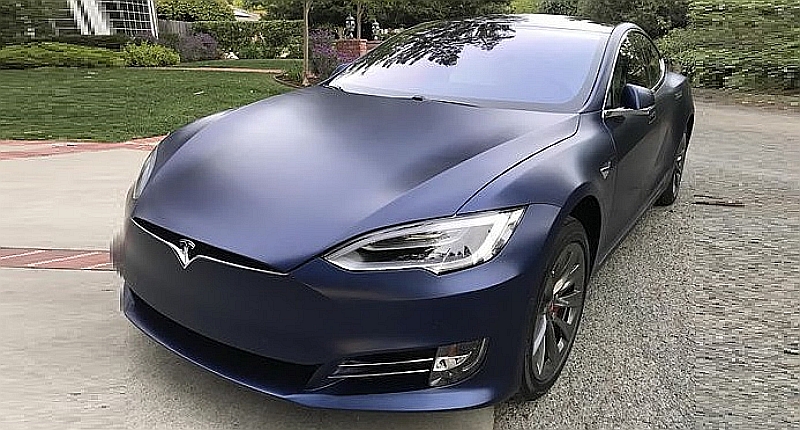 " >
" >
